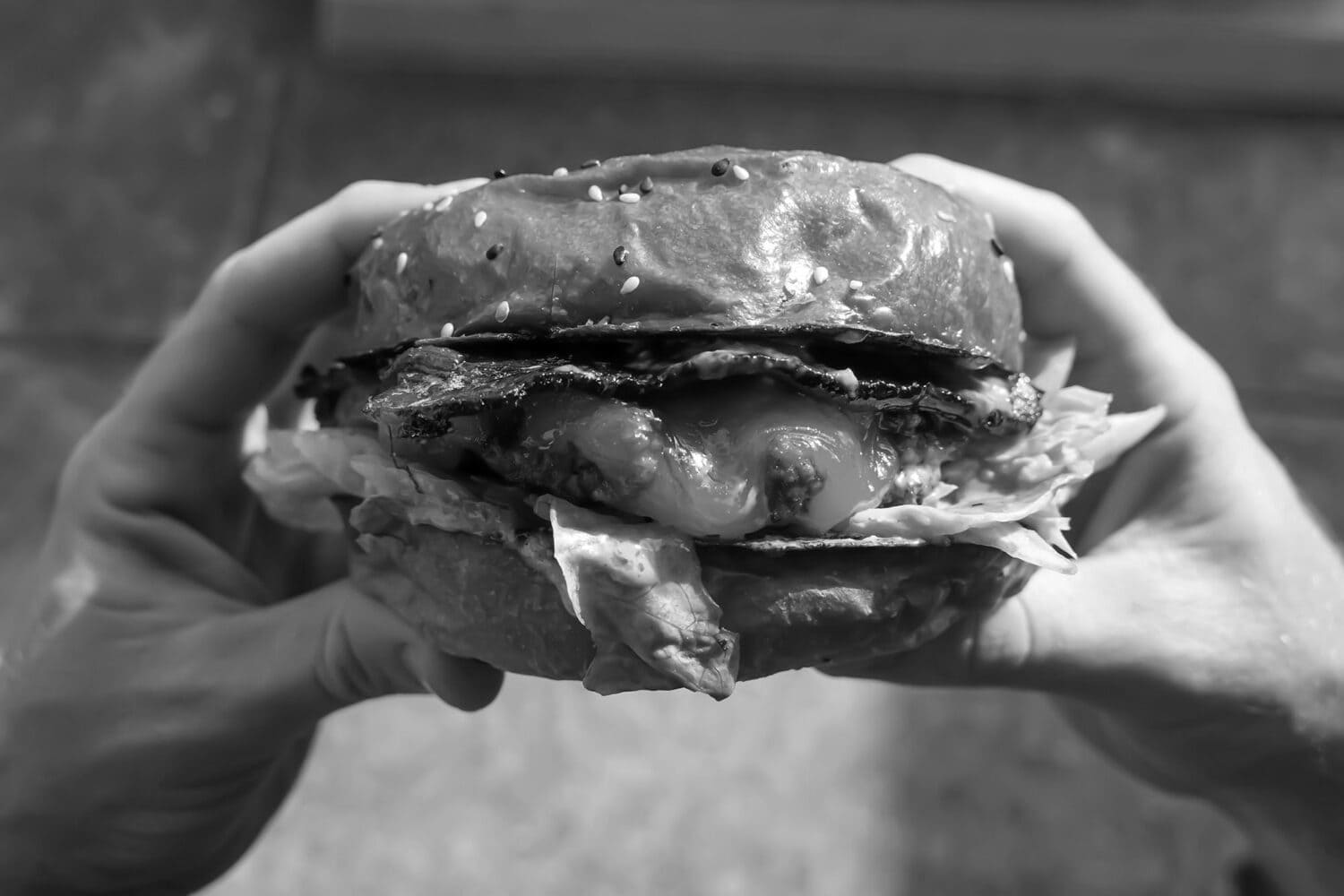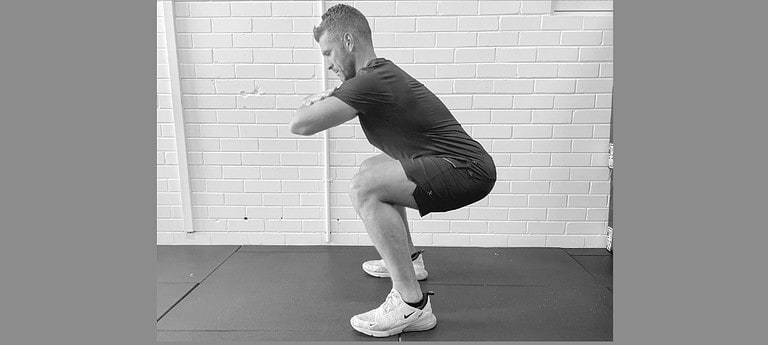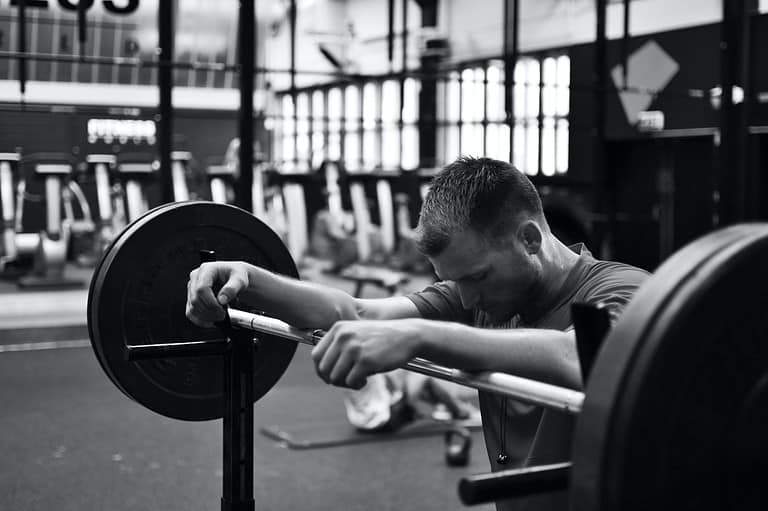In our quest for a healthier and more fulfilling life, we often focus on various aspects such as exercise, stress management, and sleep. However, one crucial element that is frequently overlooked is the profound influence of diet and hydration on our overall well-being, particularly when it comes to managing pain levels.
Mel Raybould from Fuel For Life and Dave Dawes from Subiaco Physiotherapy are aiming to shed light on the relationship between what we eat and the pain we experience, providing insights into how dietary choices can either exacerbate or alleviate discomfort.

The inflammatory culprit
One of the key factors linking diet to pain levels is inflammation. Inflammation is the body’s natural response to injury or infection, but chronic inflammation can contribute to a variety of health issues, including persistent pain. When our systemic inflammation levels are higher than usual, that inflammation can circle around injury sites and stimulate more firing of pain receptor nerve fibres which will exacerbate pain levels. Certain foods are known to either fuel or combat inflammation.
Pro-inflammatory foods:
- Processed foods high in refined sugars and trans fat
- Red meat and processed meats
- Refined carbohydrates like white bread and pastries
- Dairy products containing high levels of saturated fats
These foods can trigger inflammation in the body, potentially worsening conditions such as arthritis, fibromyalgia, and other chronic pain disorders
Anti-inflammatory foods
- Fatty fish rich in omega-3 fatty acids (salmon, mackerel, and sardines)
- Nuts and seeds, especially flaxseeds and walnuts
- Colourful fruits and vegetables with antioxidants (berries, cherries, spinach, and kale)
- Extra virgin olive oil, known for its anti-inflammatory properties
Incorporating these anti-inflammatory foods into your diet may help reduce inflammation and alleviate pain.
The Gut-Brain Connection:
Emerging research highlights the intricate link between the gut and the brain, often referred to as the “gut-brain axis.” The composition of the gut microbiome, influenced by diet, plays a crucial role in regulating inflammation and pain perception.
Prebiotics (aka Fibre) feed the friendly gut bacteria. This is typically you wholegrains, legumes, beans, fruit & vegetables.
Probiotics populate the friendly gut bacteria. Examples of probiotics are yoghurt, kefir, and other fermented foods.
Hydration matters

Dehydration can amplify feelings of pain and discomfort. Staying adequately hydrated is crucial for overall health, as water supports the body’s natural functions, including joint lubrication and toxin elimination. Limiting the consumption of dehydrating substances like caffeine and alcohol is equally important.
Individualised approaches work best!
It’s essential to recognize that there is no one-size-fits-all approach to diet and pain management. Different individuals may respond differently to certain foods, and underlying health conditions play a significant role. Consulting with a healthcare professional or a registered dietitian can help tailor a diet plan that suits individual needs and addresses specific health concerns.
We’re super lucky to have Mel Raybould from Fuel For Life working out of the rooms at Subiaco Physiotherapy now. Feel free to find a time to meet with her and chat about how improving your diet can help your pain levels.
Yours in health,
The team at Fuel For Life and Subi Physio







